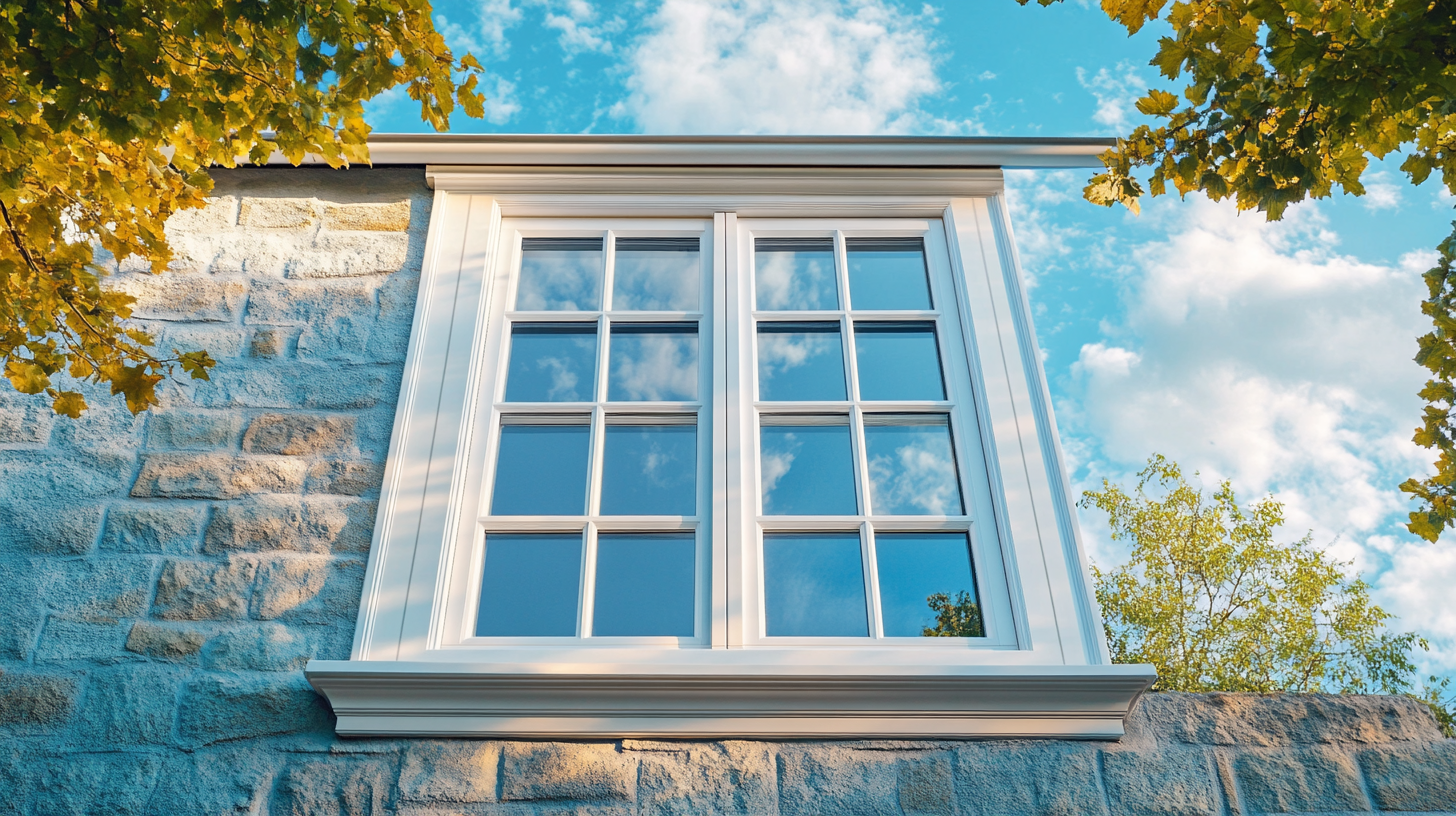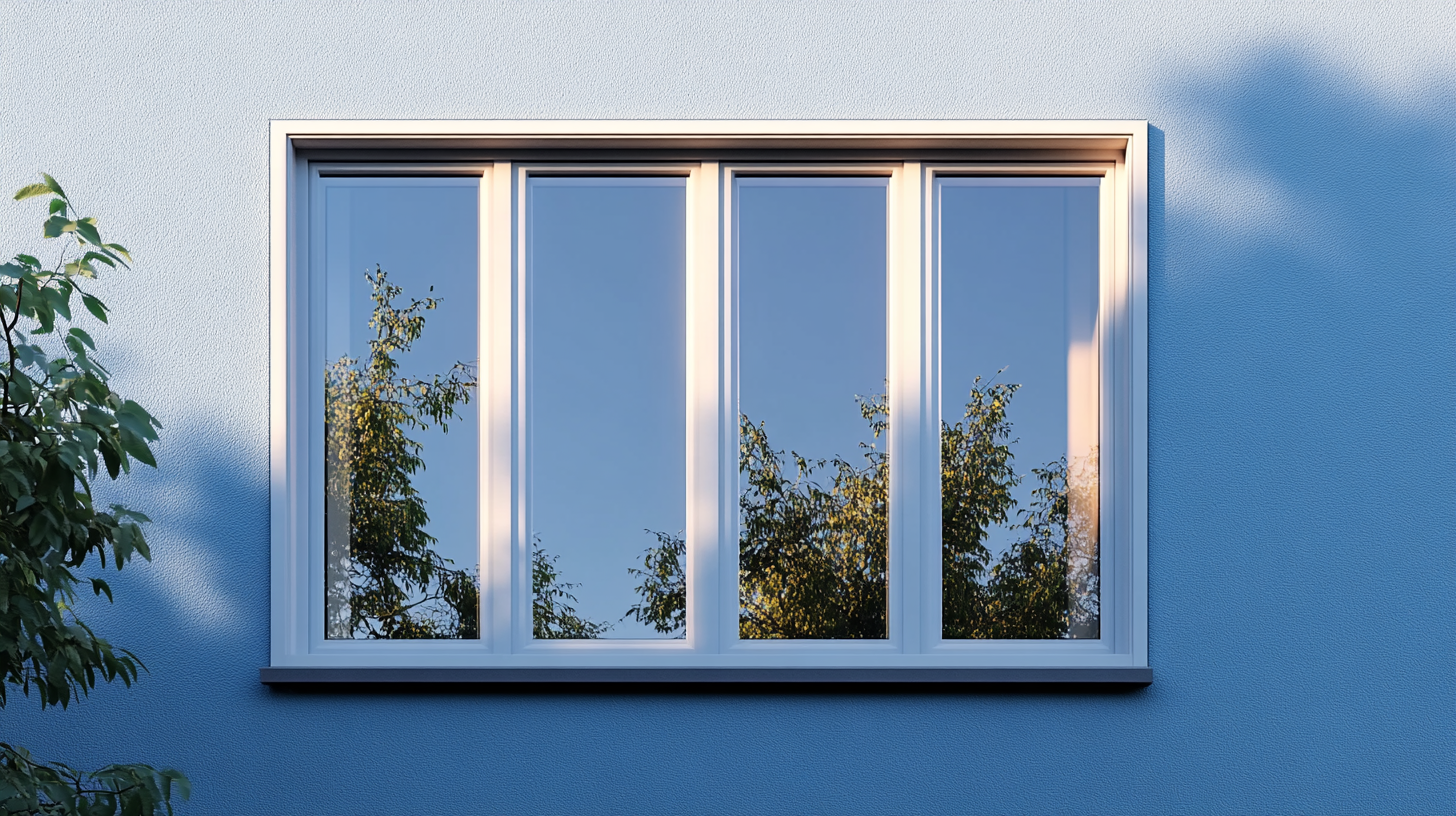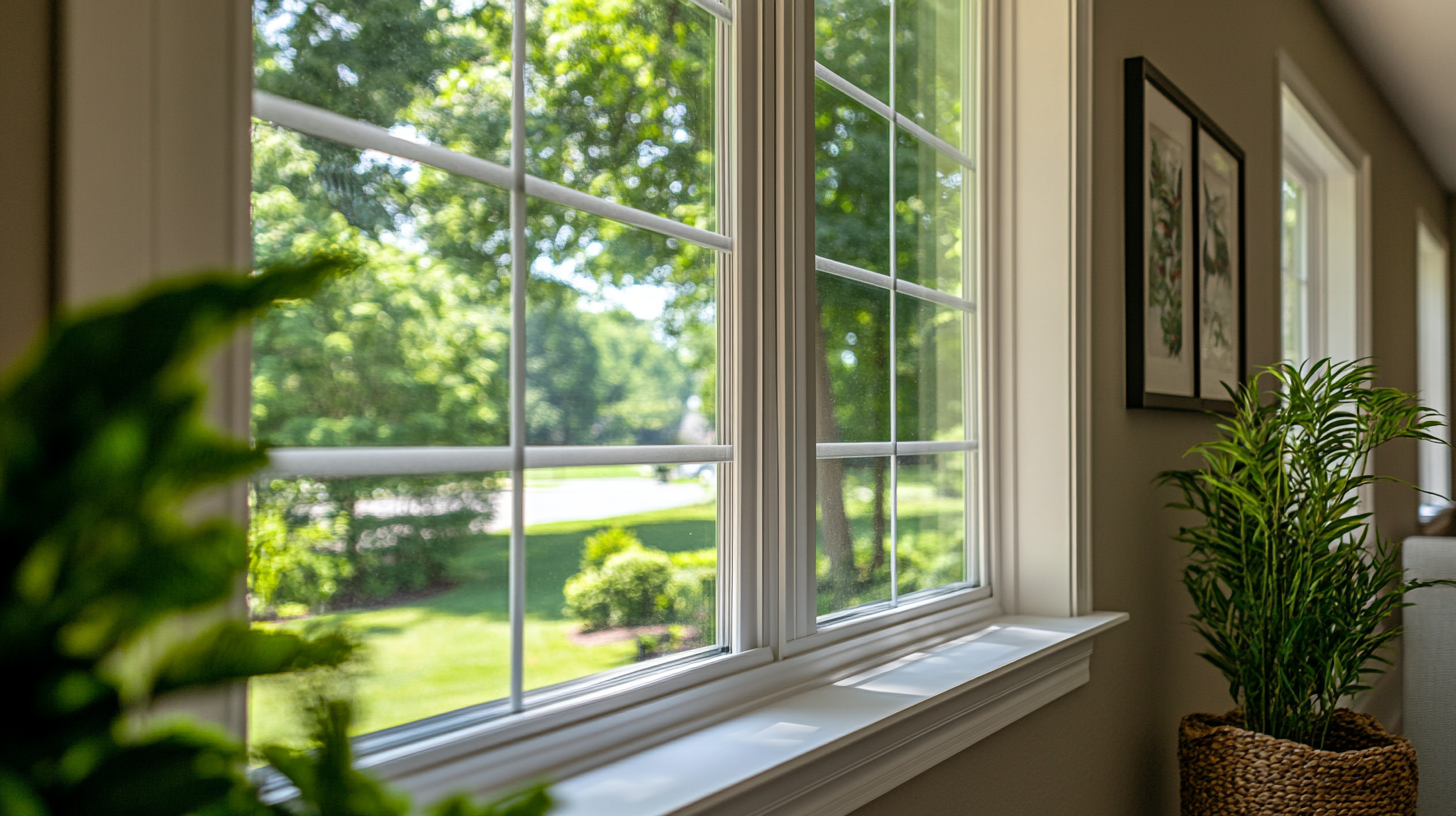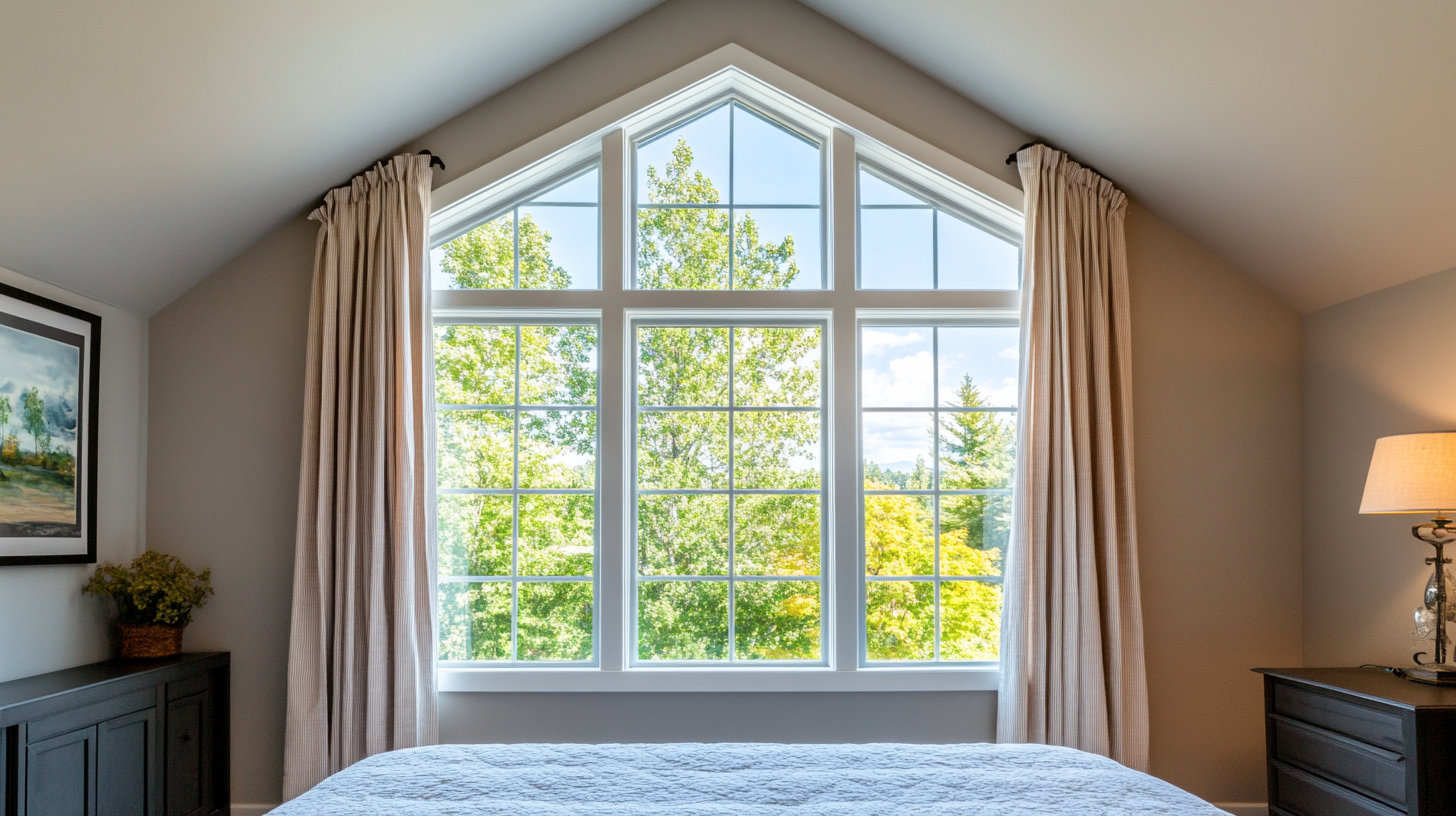Mastering Cost-Effective Strategies for Your Window Replacement Journey
In the ever-evolving home improvement landscape, window replacement stands out as a pivotal investment for homeowners looking to enhance both aesthetics and energy efficiency. According to the National Association of Realtors, window replacement has consistently ranked among the top projects for return on investment, with an average return of over 70% at resale. However, for many homeowners, the prospect of a window replacement can seem financially daunting. This highlights the importance of exploring affordable window replacement options that can significantly lessen the financial burden while still achieving remarkable results.
Cost-effective strategies for window replacement not only allow homeowners to save money upfront but also pave the way for long-term benefits such as reduced energy bills and improved property value. The 2022 Remodeling Impact Report indicates that homeowners can expect to recoup an average of $16,000 when replacing old windows, showcasing the project's potential financial benefits. By mastering these cost-effective strategies, homeowners can navigate their window replacement journeys with confidence, ensuring that they acquire quality products without exceeding their budgets.

Understanding the Importance of Energy Efficiency in Window Replacement Decisions
When considering window replacement, energy efficiency should be at the forefront of decision-making. According to the U.S. Department of Energy, windows can account for up to 30% of a home’s heating and cooling energy use. By investing in energy-efficient windows, homeowners can significantly reduce their energy bills and improve overall comfort. Energy Star-rated windows, for example, have been shown to reduce energy costs by an average of 12% compared to standard models, providing substantial savings over time. Moreover, the long-term benefits of energy-efficient windows extend beyond mere cost savings. A report from the Lawrence Berkeley National Laboratory indicates that energy-efficient windows can enhance the resale value of homes. Properties equipped with high-quality, energy-efficient windows can sell for up to 10% more than similar homes without such upgrades. This increase in property value, combined with reduced energy expenses, makes window replacement an attractive investment for homeowners aiming to enhance both their living environment and their financial standing. In selecting windows, it's crucial to consider factors such as frame materials, glazing options, and overall design. For instance, double or triple-pane windows filled with argon gas can provide superior thermal insulation, leading to further reductions in energy consumption. As the demand for energy efficiency continues to rise, homeowners who prioritize these features will not only contribute to a more sustainable future but will also reap economic benefits from their window replacement journeys.

Evaluating Cost vs. Value: Return on Investment for Different Window Options
When considering a window replacement, homeowners often grapple with the critical decision of balancing cost with value. According to the 2021 Cost vs. Value Report by Remodeling Magazine, the average return on investment (ROI) for a mid-range vinyl window replacement is approximately 73.4%. This figure underscores the importance of selecting windows that not only align with your aesthetic goals but also offer significant long-term financial benefits.
The type of windows you choose can considerably impact your home's energy efficiency and resale value. For instance, Energy Star-rated windows can reduce energy bills by 12% to 25%, as reported by the U.S. Department of Energy. When evaluating options, it's essential to consider materials—vinyl, wood, and fiberglass each offer unique advantages and pricing structures. Wood windows, while traditionally more expensive, can yield an ROI of up to 70% if maintained properly, thus appealing to both aesthetics and practicality.
Moreover, window upgrades often come with additional benefits beyond just ROI. Enhanced curb appeal can increase the desirability of your home on the market, and high-quality windows improve overall comfort and noise reduction. A recent study from the National Association of Realtors revealed that 80% of homeowners felt that the investment in new windows was well worth the cost, especially when factoring in both energy savings and an increased property value. Thus, understanding the nuances of cost versus value in window replacement is crucial for making informed decisions on your home renovation journey.

The Role of Local Incentives and Rebates in Reducing Replacement Costs
When embarking on a window replacement journey, understanding the financial landscape is crucial. Local incentives and rebates can significantly reduce the overall cost. According to the U.S. Department of Energy, windows account for up to 30% of a home’s heating and cooling energy use. This means that selecting energy-efficient windows not only enhances comfort but can also lead to substantial energy bill savings. Many states and municipalities offer rebates for upgrading to Energy Star-rated windows, which can range anywhere from $50 to $300 per window, creating a compelling financial incentive for homeowners.
Additionally, various programs may provide tax credits or financing options to support those interested in comprehensive home energy upgrades, including window replacements. For instance, the Federal Energy Tax Credit allows homeowners to claim up to 10% of the cost of qualified windows, providing financial relief that can offset initial investment costs. Research from the National Association of Realtors indicates that window replacements can yield a return on investment of approximately 70%, making the decision not only environmentally wise but also financially sound when complemented with available rebates.
Moreover, local utilities often sponsor energy efficiency programs that reward customers for reducing energy consumption through various upgrades. These programs can lead to additional savings, further lowering upfront costs. Homeowners should research and leverage these incentives; local energy offices or websites can provide updated information on available rebates and programs tailored to their region, ensuring a cost-effective and efficient window replacement experience.

DIY vs. Professional Installation: Cost-Benefit Analysis of Window Replacement
When embarking on a window replacement project, homeowners often grapple with the choice between DIY installation and hiring professionals. Each option comes with distinct financial implications and potential benefits. A cost-benefit analysis reveals some critical insights that can guide decision-making in this arena.
Choosing DIY might initially seem like a cost-effective approach. Homeowners can save on labor costs and have complete control over the execution of the project. However, it’s essential to consider the associated risks. According to a recent industry report, improper installation can lead to significant long-term costs due to inefficiencies and increased energy bills. Moreover, the time investment and the potential for costly mistakes often negate initial labor savings, making professional installation more appealing for many.
On the other hand, hiring professionals can result in a smoother process and higher-quality work. Analysts suggest that professional installers not only bring expertise but can also navigate supply chain challenges effectively, as seen in the recent trends where larger companies leverage their scale for better pricing. This advantage can translate into savings for homeowners despite the upfront labor costs. Furthermore, investing in professional installation increases the likelihood of a warranty on the work and materials, adding another layer of financial security.
Ultimately, the decision between DIY and professional installation hinges on individual circumstances, including budget, capability, and the complexity of the project. It’s important for homeowners to weigh these factors carefully, ensuring that their window replacement journey aligns with their long-term financial and aesthetic goals.
Exploring Financing Options for Budget-Friendly Window Replacement Projects
When considering window replacement, financing options play a crucial role in managing costs while undertaking this home improvement project. Homeowners often find themselves navigating through various financing solutions to make informed decisions that align with their budgets. Traditional loan options, such as personal loans or home equity lines of credit, can provide the necessary funds to cover the cost of new windows. These loans typically offer relatively low-interest rates, making them an attractive choice for many.
Additionally, many window manufacturers and home improvement retailers provide financing plans that can ease the burden of upfront costs. These plans often include promotional offers, such as zero-interest financing for a set period, allowing homeowners to spread payments without incurring additional fees. Exploring manufacturer incentives and seasonal promotions can also result in significant savings, especially during peak home improvement seasons.
Grant programs and energy efficiency incentives are increasingly available as well. Various government and utility companies offer financial assistance for energy-efficient upgrades, which can offset the initial costs of window replacement. Homeowners should thoroughly research these options, as they not only improve their homes but also contribute to long-term energy savings. By leveraging these financing strategies, homeowners can embark on their window replacement journey confidently, ensuring that style and energy efficiency don’t break the bank.



